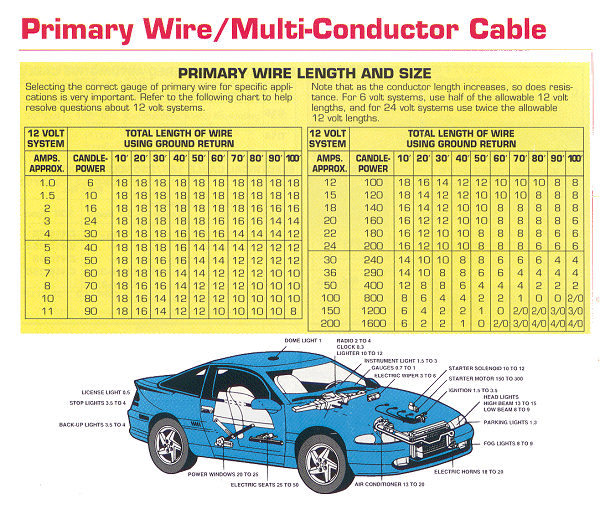
There are many different types of connectors, and some are better for certain electrical wiring, but whichever connector you use, make sure you have a solid connection.Ĭrimp Connectors are good enough. Using a wire gauge guide is necessary for getting the right size, but connecting the wires securely is also critical when installing any audio equipment as it will ensure you get a good, solid connection.Ī bad connection can quickly come loose, and if it does it can cause many problems for your stereo system and a headache you don’t need. Make Sure You Secure The Wire Connections Properly There’s much debate about whether a higher strand count improves your audio performance, but really it’s not about the more strands of wire, it’s about getting the right wire gauge. Even so, using the AWG wire gauge guide will lead you to the same result. This is used for both solid wires and stranded wires, although stranded copper wires can be slightly bulkier than solid wires, even though they’re the same gauge. The biggest wire gauge size is 0000 AWG, whereas the smallest standard size is 40 AWG. So, the lower the number, the thicker the wire gauge.ĪWG was first introduced in 1857 as a standard to replace the various measurements used by different manufacturers. It’s based on the number of dies originally needed to draw the copper down to the required size. Most of the world uses the American Wire Gauge ( AWG), which is the US standard measure for the diameter of electrical conductors. What Is a Car Amplifier and What’s Its Use? American Wire Gauge (AWG) There’s a wire gauge chart for each explanation, which should give you a close enough idea of the gauge you need. In this article we look at the main types of car audio wiring and the different size wire gauge you need for each one. Getting it wrong will not only affect the sound of your music, but it could damage your audio equipment, your car’s electrical wiring, and worst case scenario you could even trigger a fire in your car. Whether it’s for your amplifier, subwoofer, speakers or other components, getting the right size of wire is critical to getting the best out of your new equipment. What happens if I go too small with wire size?.Why do you need different gauge for different wire lengths?.Choosing The Right Size Wire for The Right Audio Equipment.Other Wires Running From Amplifier to Receiver.Make Sure You Secure The Wire Connections Properly.Mostly used for wire crocheting and wire knitting. In an ounce of 26 gauge wire there is about 76 feet of wire.Įxtremely fine wire, not much wider than a human hair. Good for making rosary-style beaded links. Half-hard is good in this size as it adds a little bit of body and strength to a very slender wire. Good for beads that have small holes in them such as pearls. In an ounce of 24 gauge there is about 48 feet of wire. Half-hard is good in this size as it adds a little bit of body and strength to a slender wire. One ounce of 22 gauge has about 31 feet of wire.įine wire. Good for making earwires, headpins, and rosary style wrapped links. Dead soft is a good way to go with this wire. Very versatile size because it is pretty thick but most beads (like crystals and stone beads) can fit on it. About 19 feet of 20 gauge wire to the ounce. Dead soft is best, as thicker wire starts getting harder to bend. Good for making heavy-duty earwires and lightweight clasps because it’s still pretty easy to work with but strong as well. Size most often recommended for creating wire-jewelry using wire jigs and other wire sculpturing techniques. Good for making clasps, chokers, wire sculptures. Commonly used for chokers, heavy-duty clasps Good for chokers, stiff bracelets, even wire-sculpted rings. Still very thick wire, still hard to bend intricately by hand. Good for chokers, stiff bracelets, rings. Often used by silver smiths using forging or welding techniques. The difference between SWG and AWG is most noticeable at thicker gauges (16 and thicker). Some of our manufacturers use the American Wire Gauge (AWG) system of labeling (also known as the Brown & Sharpe Wire Gauge) and this will be noted in the product's description. Unless otherwise stated, the gauge for products on our site is calculated using the Standard Wire Gauge (SWG) system (also known as British or Imperial Wire Gauge). When comparing gauges, the lower the gauge number, the thicker the wire.

Understanding wire gauge (thickness) is important when buying craft wire or beading wire, or items made from wire such as jump rings, head pins, earring hooks, and other findings.


 0 kommentar(er)
0 kommentar(er)
